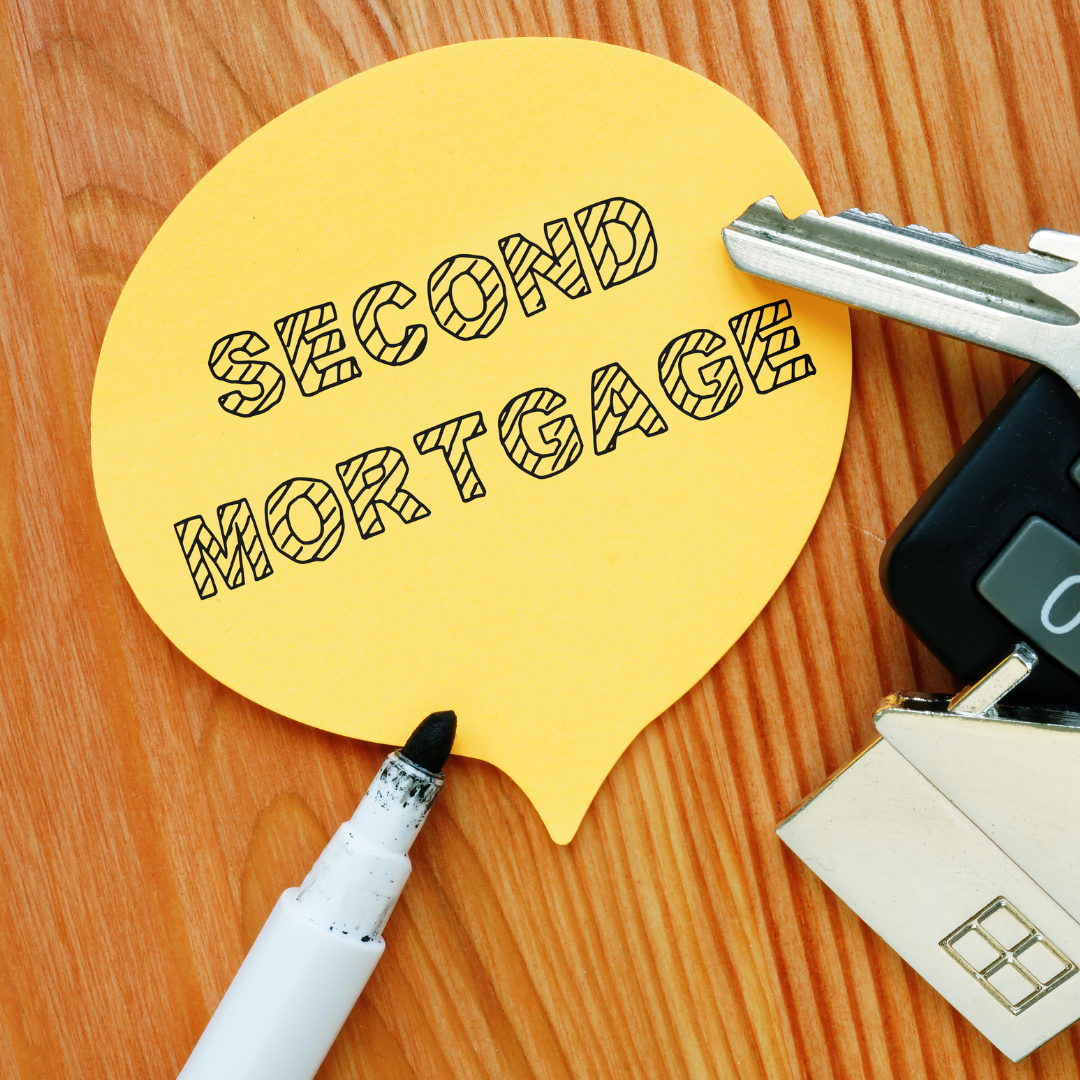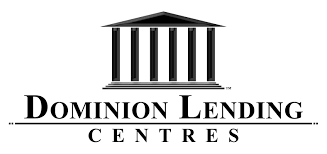What Should You Look For In A Mortgage Outside Of Just Rates?
Matthew Robinson • September 28, 2020
Getting the lowest interest rate for your mortgage is a hot topic right now.
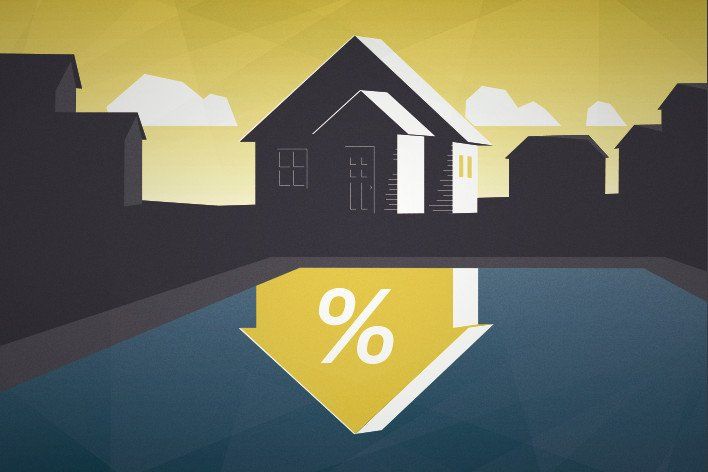
Getting the lowest interest rate for your mortgage is a hot topic right now. Rates are at an all-time low and Canadians are infatuated with Real Estate.
A low-interest rate is absolutely important, but even more important is to make sure you’re paying the least amount of money to your bank/lender over your term. Interest rates definitely factor into this but having a flexible mortgage with the right features will protect you and your valuable equity.
Some lower rate mortgages look good on the outside but can be restrictive and come with large penalties.
A low rate mortgage with poor features, coupled with bad advice, will cost you dearly. You need to go into the mortgage process with eyes wide open.
There is an interesting stat in Canada - 60% of homeowners break their mortgage around the 36-month mark. Lenders are counting on this; paying a high penalty is factored into their projections and their bottom line.
Question: How do you pay the least amount of money to your lender over your term?
Answer: Combination of a low-interest rate, flexibility, low potential penalties, and great advice.
Here are a couple of things to watch out for:
Prepayment Privileges:
This is the ability to increase your mortgage payment and make a lump sum against your mortgage. Any increased mortgage payment and/or lump sum would go directly against your principal and reduce your amortization (length of your mortgage).
Mortgage Penalty:
Not all penalty calculations are created equal. There is a big difference between fixed vs. variable rate mortgage penalties. There is even a difference between lenders and how they calculate your penalty.
Portability:
This is the ability to move your current mortgage and interest rate to another property. This could save you thousands of dollars in potential penalties and allow you to keep your interest rate if it’s attractive.
Customer Service:
Some lenders are better than others when it comes to customer service. This will mean different things to different people but it’s important to know if you’ll be taken care of after your closing date.
By knowing the small print in the mortgage details, you’re ensuring the largest investment of your life will be protected.
You need to go into the mortgage process with eyes wide open while not getting too caught up in what is the lowest rate...your bank account will thank you later.
Let’s get moving
Why wait? Let’s get you started on the path to finding the perfect mortgage. Your perfect mortgage is just a few clicks away.
Our latest articles
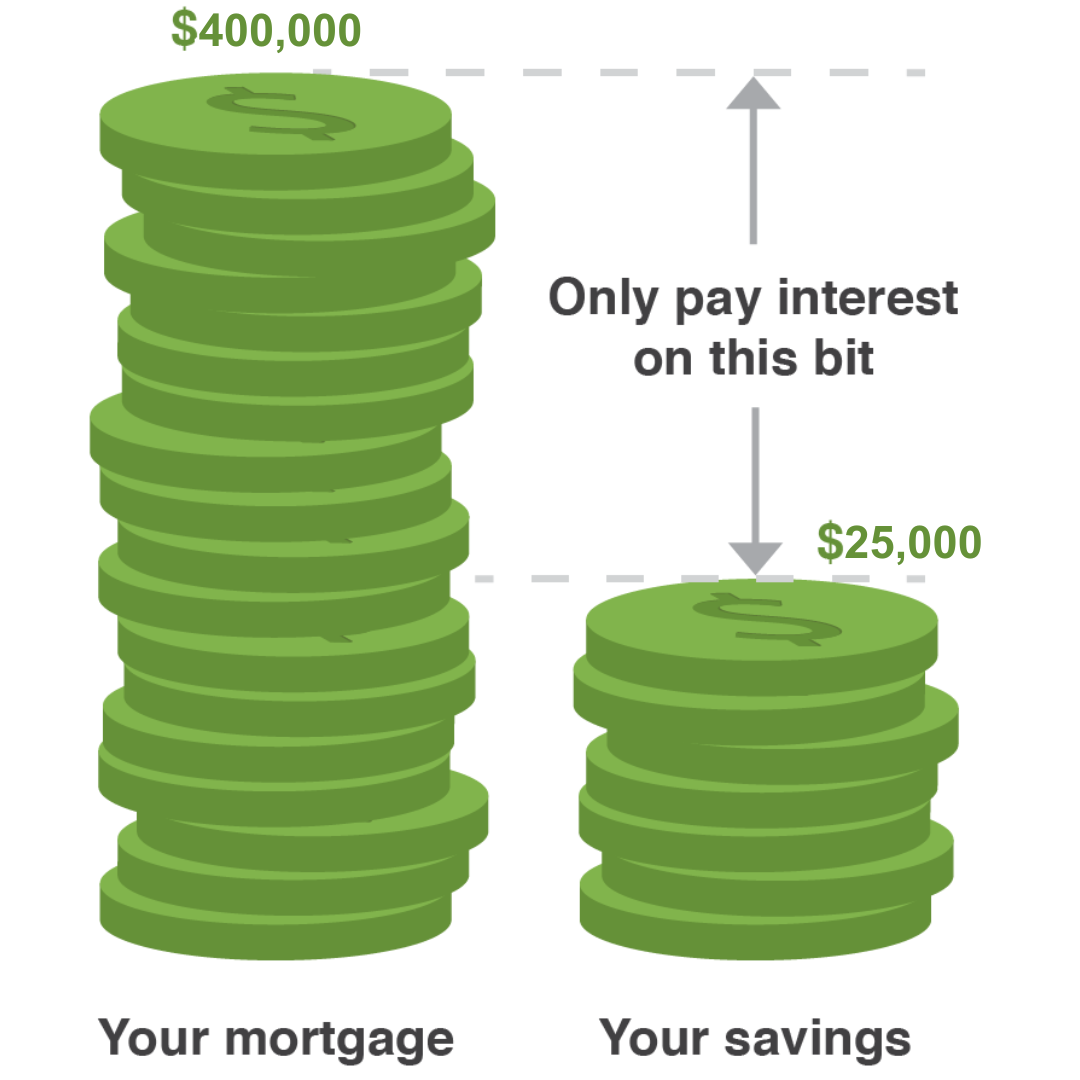
If you’ve got cash sitting in a chequing account or an everyday bank balance, it’s likely earning next to nothing. Meanwhile, your mortgage is quietly racking up interest on every dollar you owe. That’s wasted potential. An offset mortgage changes that equation. It links your mortgage directly to a chequing or savings account. The bank only charges interest on the net balance, your mortgage minus whatever’s sitting in that linked account. Every dollar you park there immediately starts working to reduce your interest cost. Here’s how it plays out: Let’s say you have a $400,000 mortgage at 4.95% and keep $25,000 in your offset account. You’re not paying interest on $400,000, you’re only paying on $375,000. That simple move saves roughly $1,200 a year in interest without increasing your payments or locking up your cash. And that’s the beauty of it. You still have full access to your money. Need it for an emergency, a trip, or an investment? Withdraw it anytime. Until then, it’s quietly cutting your interest bill and helping you build equity faster. Some offset setups, like the Manulife One account, go a step further by combining your mortgage, chequing, and savings into one main account. Your income gets deposited directly into it, automatically reducing your daily interest. Every dollar that flows in, even temporarily, works for you until it’s spent. Yes, offset mortgages can carry a slightly higher rate than standard options. But if you consistently hold cash from savings, business income, or rental reserves, the math often stacks heavily in your favour. Bottom line: if you’ve got liquidity, putting it to work in an offset structure can make a lot of sense. You’ll reduce your interest, build equity faster, and keep your flexibility, all without changing your lifestyle.
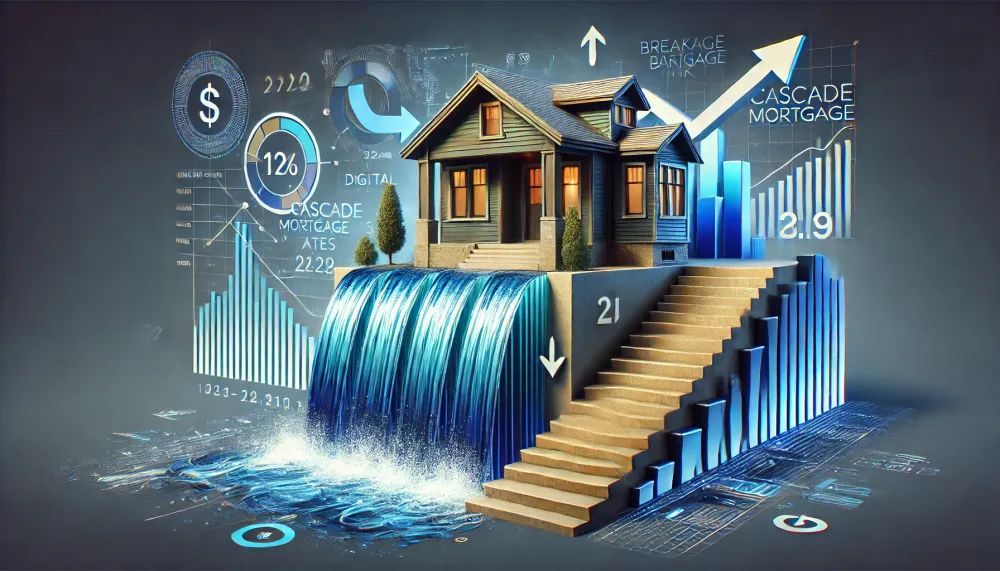
In a declining interest rate environment , smart homeowners aren’t waiting for their mortgage renewal to take action—they’re locking in savings now. The Cascade Mortgage Strategy is a tactical approach that lets you progressively lower your borrowing costs while protecting against future rate hikes. Instead of sitting on a fixed rate for an entire term, you prepay portions of your mortgage and reset them at lower rates as they become available. This setup provides a practical framework for implementing the Cascade Mortgage Strategy, allowing you to make strategic prepayments while maintaining a sufficient buffer for emergencies and other financial needs. Here's how it works. For the sake of this illustration, let's assume you own a property valued at $1,000,000. You require a mortgage of $500,000. We set up a home equity line of credit (HELOC) on top of this for $150,000. Property Value: $1,000,000 Mortgage Amount: $500,000 HELOC Limit: $150,000 Annual Prepayment Privileges: 20% of the original mortgage balance annually ($100,000) Initial Setup: Work with us to secure a $500,000 mortgage on your $1,000,000 property, ensuring you have a $150,000 HELOC in place. This gives you a $650,000 overall credit limit. We must ensure the lender offers flexible prepayment privileges, allows for multiple mortgage components, and provides the option to re-amortize your mortgage after each prepayment. Step-by-Step Process: At the end of the first year, use the HELOC to make a 20% ($100,000) prepayment on your mortgage, reducing your balance from $500,000 to $400,000. Immediately reset the $100,000 HELOC balance into a new mortgage component, ideally at a lower interest rate than your original mortgage. Rinse and repeat annually. After each prepayment, you have the option to either reduce your monthly payments or maintain them at the original level. If you choose to reduce the payments, this will improve your cash flow each month. Alternatively, by keeping your payments consistent, you'll accelerate the reduction of your principal, allowing you to pay off your mortgage more quickly. Interest Rate Decline with Each Prepayment This strategy obviously works best in a declining interest rate environment. However, even in a relatively stable interest rate environment, the strategy still offers benefits by improving cash flow and accelerating principal repayment. Each year, after making the prepayment, the homeowner resets the $100,000 HELOC balance into a new mortgage component with a lower interest rate. The decline in interest rates is attributed to both market conditions and the shorter terms selected for the new components. End of Year 1 - The new 4-year term rate is 4.25%, a 0.75% decrease from the original 5% rate. End of Year 2 - The new 3-year term rate is 3.50%, another 0.75% decrease from the Year 1 rate. End of Year 3 - The new 2-year term rate is 3.25%, a 0.25% decrease from the Year 2 rate. End of Year 4 - The new 1-year term rate is 3.00%, a 0.25% decrease from the Year 3 rate. These declines reflect both a general reduction in market rates and the typical savings associated with selecting shorter-term mortgages at each interval. The Results To truly appreciate the benefits of the Cascade Strategy, it's important first to understand what happens when this strategy is NOT employed. In a typical mortgage scenario, a homeowner with a $500,000 mortgage at a 5% interest rate, amortized over 30 years, would make consistent monthly payments over the term of the mortgage. After five years, the numbers look like this: Total Payments Made: $160,107.00 Total Interest Paid: $118,915.80 Principal Paid: $41,191.20 Outstanding Balance (end of term): $458,808.80 In this scenario, a significant portion of the homeowner's payments goes toward interest, with relatively modest progress in reducing the principal balance. Now, let's consider the same homeowner, but this time, they implement the Cascade Strategy. By the end of the five-year term, the results are notably different: Total Payments Made: $160,107.00 (unchanged) Total Interest Paid: $105,618.23 Outstanding Balance: $445,511.23 Principal Reduction: $13,297.57 Net Effective Rate: 4.45% (0.55% Reduction) The total interest paid with the Cascade Strategy is $105,618.23, which is $13,297.57 less than what would have been paid without the strategy. This reduction in interest costs is a direct result of leveraging lower interest rates on the newly created mortgage components, which are set up after each annual prepayment. By the end of the five-year term, the outstanding mortgage balance is $445,511.23, compared to $458,808.80 without the strategy. This $13,297.57 reduction in the outstanding balance indicates that the Cascade Strategy not only saves money on interest but also accelerates the repayment of the principal. This means that homeowners using this strategy are closer to paying off their mortgage sooner, reducing the overall term and financial burden. This case study demonstrates that the Cascade Strategy can be an effective and powerful tool for homeowners looking to optimize their mortgage and improve their financial outcomes. By strategically making prepayments and resetting those amounts into new mortgage components at lower rates, homeowners can achieve substantial interest savings, accelerate their mortgage repayment, and reduce their outstanding balance—all without increasing their total monthly payments.
